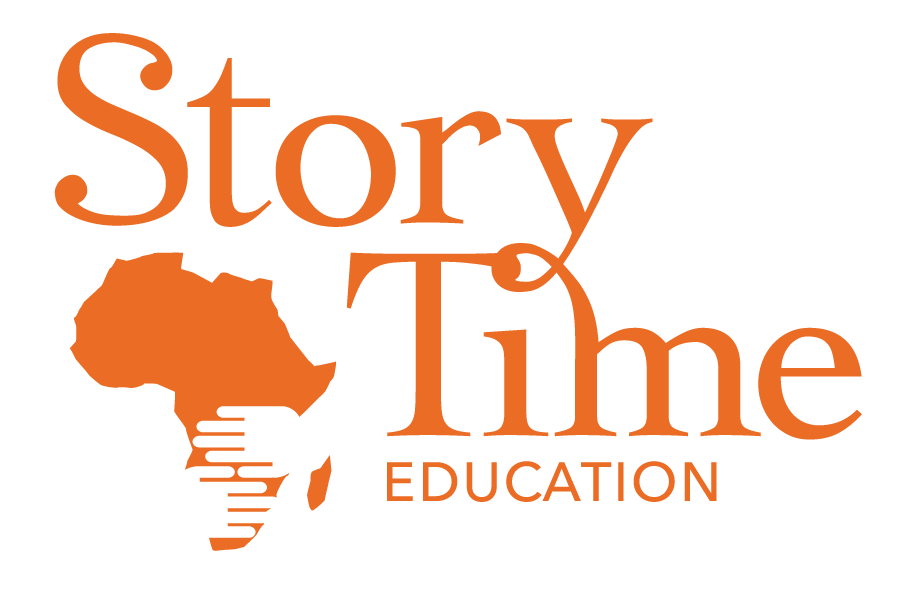Standard Sponsorship Project
Story & Background
Many households in rural area rely on subsistence farming to provide food and income for their families. Often, this type of income, selling corn (a commodity), can fluctuate in price and often produces not enough income to set aside savings at the end of the month.
Due to this constantly fluctuating income, households which rely on the sale of commodities, as it is in rural areas, are not able to provide the required payment of school fees. This leads to the most vulnerable students dropping out at a higher rate than others.
Three generations: SSP sponsored student, Chikondi, on the right.
Theory of Change
“If you support a household’s ability to provide schooling, the household as a whole will be able to sustain a greater income though obtaining better jobs, and improve their standard of living, contributing to a greater future for their descendants and their village as a whole. A sustained and supported household that is able to progress itself, is able to be a productive and supportive member of the village community.
Story Time’s unique program structure matches individual students to individual donors. This 1-to-1 support encourages responsibility and accountability. With enough individuals participating, the narrative about rural Malawian education can change dramatically.”
Mission
Support individuals at their most crucial moment in determining their future, and they will go on to have a better life afterwards: such as, earning more income, giving back to their community and family.
Sponsorship students sign agreements with Headteacher and their guardians.
Goals
Remove barriers to education for at-risk students.
Desired Impacts
Higher graduation percentage.
First graduate to attend college.
Criteria of success
More kids have support through to graduation. The community is improved through the contributions that graduates make to it.
100% of the students that we sponsor advance to the next grade...
...which is something no other organization working in the area has been able to achieve.
In addition, we have found that sponsored students are performing above their peers on government issued exams.
The Student Sponsorship Selection Process
Students are selected for SSP based on a 7 step process, which Dr. Zikani Kaunda, Story Time Vice President and Chief Operations Officer, talks through below.
Ask school teachers and headteacher what students are most in need.
Ask the students from each class to give two names of students they would donate to help.
See which names frequently appear.
Have meetings with community groups and leaders, and ask them about which school-aged families are most in need of support, and ask about their story.
Compile a list of students to visit.
Visit the students' families and homes.
Discuss with the students and families about income, size of family, educational goals, and more.
Definition
The Standard Sponsorship Project (SSP) matches students at Nsondole with individual donors.
Pays for their tuition, graduation, and exam fees for one school year.
It only costs $50/year, less than $5/month, to sponsor a student.
Students will be matched with donors on a first come first serve basis, as there are a limited number of students that Story Time sponsors.
Sponsors typically agree to sponsor their student through to graduation.
Each year, Story Time sponsors about 20-30 students identified as most-in-need, allowing them to attend school.
To learn more about how to contribute to the Standard Sponsorship Project, visit the Donate page, where you will find specific information about our current campaigns for projects that are most-in-need.



